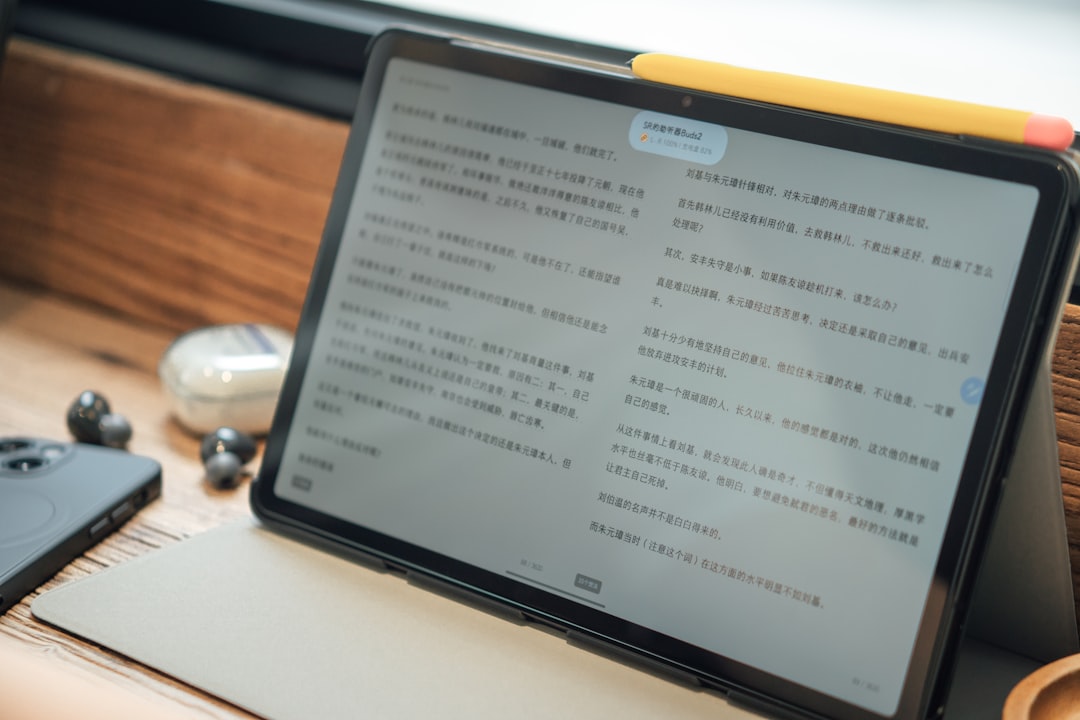Maintaining a WordPress website in 2025 requires careful attention, proactive security measures, and routine updates. With WordPress powering an ever-growing number of websites around the globe, ensuring your site remains fast, secure, and fully functional is more important than ever. Whether you’re managing a personal blog or running an enterprise-level site, following a comprehensive maintenance checklist is critical to long-term success.
TL;DR
In 2025, WordPress maintenance goes well beyond updates. You should perform weekly, monthly, and quarterly tasks such as plugin checks, backups, database optimization, and uptime monitoring. Security remains a top priority, especially with emerging threats in the digital landscape. Use this checklist to protect your website, improve performance, and provide a seamless user experience year-round.
Why WordPress Maintenance Matters in 2025
WordPress remains the world’s most popular CMS, but it is not a set-it-and-forget-it solution. Websites that aren’t properly maintained are exposed to:
- Security vulnerabilities from outdated plugins or themes
- Poor performance impacting user experience and SEO
- Broken functionality resulting in lost conversions or sales
- Lower rankings due to technical SEO issues
Regular maintenance keeps your website secure, fast, and relevant — safeguarding both your traffic and reputation online.
The Ultimate WordPress Maintenance Checklist for 2025
Weekly Tasks
Perform these tasks every week to ensure your site runs efficiently and remains secure:
- Check for plugin, theme, and core updates
WordPress receives regular updates, including vital security patches. Always back up your site first, then apply updates one at a time to monitor site stability. - Backup your website
Use reliable backup plugins like UpdraftPlus, BlogVault, or Jetpack. Save backups both to the cloud (e.g. Google Drive or Dropbox) and a local machine for extra resilience. - Scan for malware and vulnerabilities
Use tools like Wordfence, Sucuri, or MalCare to detect malicious code. Early detection minimizes potential damage and downtime. - Monitor uptime and site performance
Downtime can happen without your knowledge. Tools like Uptime Robot and Pingdom help you ensure that your website is available 24/7.

Monthly Tasks
These core tasks should be part of your monthly maintenance schedule to keep your installation in top shape:
- Database optimization
Over time, the WP database collects clutter such as post revisions, spam comments, and transients. Use plugins like WP-Optimize or Advanced Database Cleaner to clean and optimize it monthly. - Broken link check
Broken links harm SEO and frustrate users. Run a scan using tools like Broken Link Checker or Ahrefs to identify and fix dead links. - Audit and limit WordPress user roles
Ensure that only necessary permissions are granted, particularly for admin-level access. Revoke access when users no longer need it. - Evaluate website performance
Use GTmetrix, Google PageSpeed Insights, or Lighthouse to test loading times and performance. Implement compression, minification, and lazy loading where needed.
Quarterly Tasks
These less frequent but equally critical tasks help maintain site health and overall functionality over time:
- Full content review
Check for outdated posts, broken media, or content that needs better SEO. Update or remove underperforming pages. - Theme and plugin audit
Unused themes and plugins can pose security risks. Delete any that you are not using and ensure the ones kept are actively maintained by developers. - Review hosting performance
As your site grows, your hosting may need to evolve. Use this time to evaluate hosting speed, support quality, and available resources. - Perform a staging environment test
Any major changes to your site should be tested on a staging server before pushing live. This reduces risks related to plugin updates or new features.
Security Best Practices to Implement in 2025
With cyberattacks increasing year-over-year, your WordPress maintenance routine in 2025 must include robust security measures:
- Enforce strong user passwords and 2FA
Regulate password strength and enable two-factor authentication (2FA) for admin accounts to reduce unauthorized access risks. - Use an application-level firewall
Solutions like Sucuri and Cloudflare can help block malicious bots and DDoS attacks before they touch your site. - Limit login attempts
This prevents brute force hacking attempts. Plugins like Limit Login Attempts Reloaded are effective and easy to configure. - Disable XML-RPC unless needed
XML-RPC can be a target for brute force or DDoS attacks. Disable it via a plugin or within your .htaccess file if you’re not using it.
Vision for Maintenance in the Era of AI and Automation
Artificial intelligence and automated services are becoming vital parts of the modern WordPress ecosystem. Looking toward 2025 and beyond:
- Auto-updates should be selectively enabled
While WordPress now supports automatic updates, avoid enabling auto-updates for all third-party plugins due to potential compatibility issues. - Integrate AI-driven SEO and maintenance tools
AI tools like RankMath’s content suggestions or predictive performance insights from Jetpack are revolutionizing how efficiency is maintained. - Automated reporting and alerts
Automate monthly maintenance reports using tools like ManageWP or MainWP to simplify tasks and monitor multiple sites from one dashboard.

Checklist Summary Table
| Timeframe | Maintenance Task |
|---|---|
| Weekly |
– Update core, plugins, and themes – Take a full backup – Scan for malware – Monitor uptime/performance |
| Monthly |
– Optimize the database – Check for broken links – Review user permissions – Conduct performance testing |
| Quarterly |
– Audit themes and plugins – Evaluate hosting environment – Run staging updates – Conduct a full content update |
Final Thoughts
Staying proactive about WordPress maintenance in 2025 is not just a technical necessity—it’s an essential part of brand protection and digital success. Websites are critical assets, and without regular upkeep, they can suffer from security breaches, slow performance, lost traffic, and even blacklisting.
Create a recurring maintenance schedule, automate where possible, and always stay informed about evolving best practices. By following this checklist, you’ll ensure that your WordPress site is secure, optimized, and ready to scale with confidence.
Don’t just build it and leave it—maintain it, the right way.








